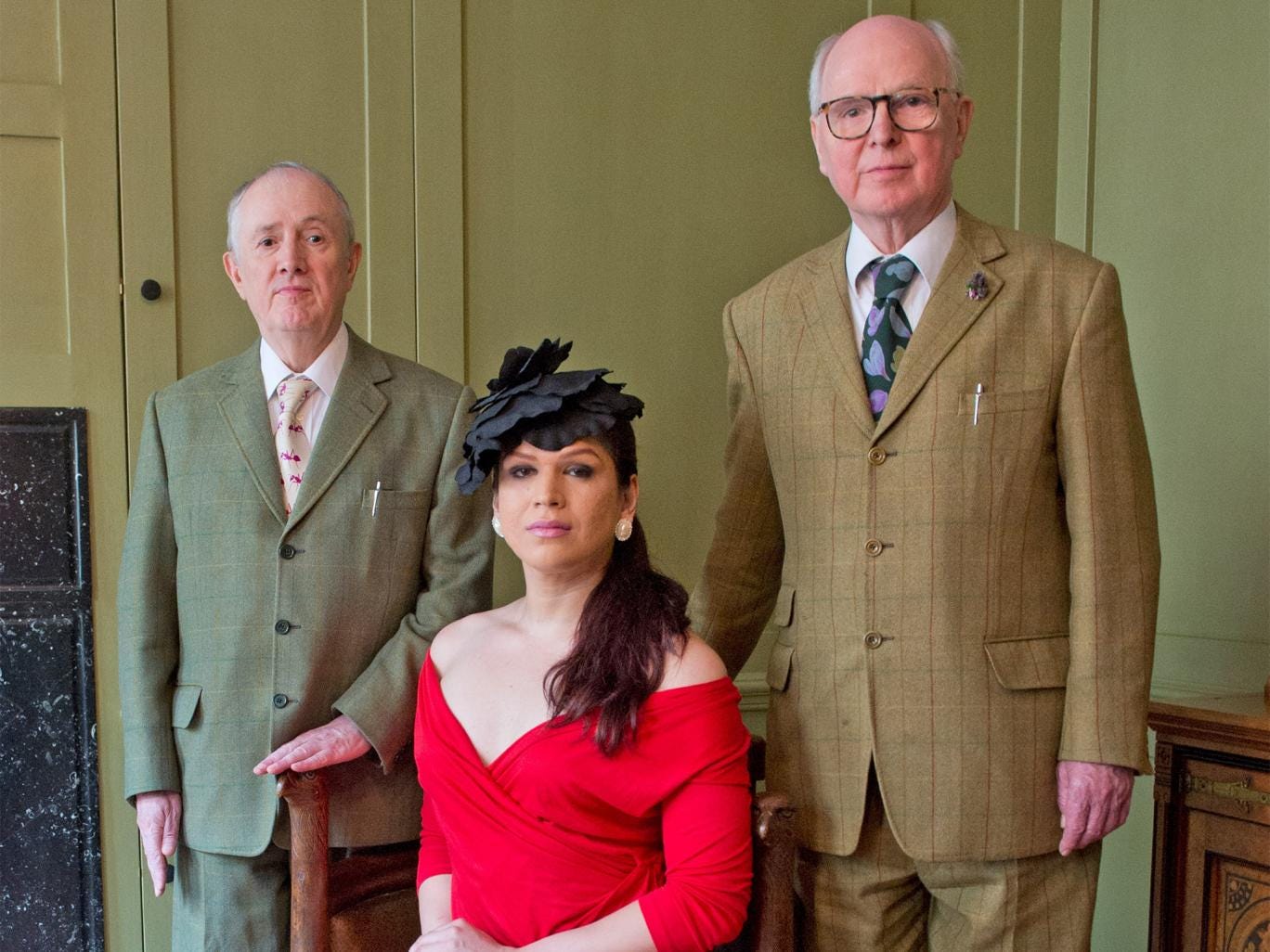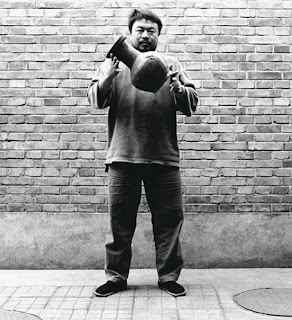Is it a stretch from Hodges' model to the visual literacies? A connection that allows visual culture to be read, theorised and practised through "writing, letters, graphic novel, storytelling"; I'm sure there is.
In 2012 I was able to attend a workshop on visual methodologies in Newcastle (UK). The speakers there took me out of my comfort zone; children's drawings, video, self-generated data, photographs. How much of health (digital, ...) literacy is visual? That preceding sentence itself bears closer examination. Is this a legitimate question? What do how and much mean in this context? What is the measure that provides the much? Where are the values? These may be initially intangible but social media and the portrayal of images, files, dialogue, what is personal and confidential could suddenly undermine values. What of the outcomes and the dependencies between literacy forms that can confound us? How are we to respond to critics of the many literacies that are proposed?
In health and social care dementia can amount to storytelling by proxy, but this is subtraction. Taking away, diminishing identity while also acknowledging the need to assure individual stories and narratives. There is a need to try to anchor identity in an accessible form across the senses and media. So much of health and social care is invisible: knowledge lies and is found in all its forms. It may be fragmented and fragmentary. Practitioners seek to illuminate. The matter of where, when, why and how to cast the light. Increasingly the patient must navigate their own course, be independent in their illness. Even if vision is physically limited, visual literacy is still demanded. The unique, personal sense of seeing. Policy dictates people see, the sick see and they recover through self-care, coping strategies, personal resources.
Concepts are increasingly a visual currency; reflection, reflective practice, the exchange of ideas across disciplines and much more. What is very interesting in this call is the invitation for cross-over presentations. Looking back to the 2012 workshop I am reminded about the frequent lack of overarching ideas or theory to encompass things like health communication or literacies.
Does this matter?
Jones, P. (1996). An overarching theory of health communication? Health Informatics Journal, March, 2:(1), 28-34. http://jhi.sagepub.com/content/2/1/28.abstract
(My source: Inter-Disciplinary.Net )
Call for Participation 2016
Wednesday 6th July – Friday 8th July 2016
Mansfield College, Oxford
Concepts like picture, visual art, and realism circulate in newspapers, galleries, and museums as if they were as obvious and natural as words like dog, cat, and goldfish. – James Elkins
Human societies of all kinds have throughout history always generated their own distinctive visual cultures. However, with the possible exception of art historians this sense of immense diversity and rich historical precedence has been somewhat ignored. Everyday discussions in all forms of media appear to suggest that ours is the visual generation, when this is clearly not the case. Indeed, the term ‘visual literacy’ has crept into our general language use indicating that there is a code for interpreting visual texts of all kinds. This notion in itself has become a source of discussion in many areas and forms one of the key topics for this conference. This project seeks to place a reflective pause in the busy lives of the delegates who attend, and the visual bombardment we all encounter with the aim of unpacking how the visuals in the respective professional and personal worlds represented actually create meaning. As Sherwin (2014: xxvi) suggests, its time that we all “retool our minds” in this digital-visual age in order to “judge well how we judge.” Or to put it another way, one of the key focal points will be the reimagining of how the visuals we deal with on a day to day basis generate understanding
Hence, this project aims at generating an interdisciplinary forum in which the notion visual literacy can be explored and expanded by a range of delegates from all walks of life. The conference as a whole could be of interest to a spectrum of delegates ranging from those who are simply interested in how visual frames create a sense of meaning in social media, everyday encounters as well as those interested in art history, advertising, drawing and doodling, comics, movies, museum curation and painting. As stated, in particular one of the key discussion points of this event is the reimagining of where the visual field as whole could move into in the future. In considering this overall domain and future directions, Gretchen Bakker (2015:205) begins her critique of this overall area with the statement: “Let us imagine ourselves.” Bakker’s comment reveals the shift in thinking across several fields related to visual literacy who would appear to have begun to question how visual elements actually create meaning. This project offers the time and space for these individual fields to describe not only how meaning is made within their field or daily walk, but future directions for their fields.
Thus, this project will seek to take this statement as a core theme, asking accepted delegates to not only imagine how their work could evolve beyond their current interests and understanding, but also imagine how their work connects to those working in other fields. There are numerous concurrent and intersecting fields at this current time.
Looking to encourage innovative inter- and transdisciplinary dialogues, we warmly welcome papers, narratives, presentations, artwork, or performances from all disciplines, professions, and vocations which grapple with issues related with visual literacies and visual imageries. These may be related to, but not limited by, any of the following themes;
1. Visual Literacy as a Focus and Framework
~ Is there such a thing as visual literacy in your experience and/or discipline?
~What are the current debates in your experience and field?
~What are the various elements that are a part of visual literacy in your experience?
~What are the modes and nodes of interdisciplinary connections to visual literacy in your field?
~How will the concept of visual literacy be described in the next decade in your discipline?
2. Visual Literacy as Practice
~What are the forms of representation and realization of visual literacy in your field?
~What are the current debates and issues around the notion of ‘practice’ in your field?
~What are the current ‘tools, approaches and applications’ of visual literacy in your field?
~What are the current interdisciplinary connections to the ‘tools, approaches and applications’ of visual literacy in your field?
~What are the ‘insiders views’ visual literacy? (That is from the perspective of artists, taggers, digital natives, digital or visual immigrants)
3. Visual Literacy as Analysis
~What are the modes of visual literacy analysis in your field?
~What are the ‘tools’ of visual literacy analysis in your field?
~What are the current debates around analysis in your field?
~What are the current debates and forms of analysis in the areas of art history, fine arts, creative arts, multimodality, cinema, television, drama and IT?
Call for Cross-Over Presentations
The Visual Literacies as Visual Imageries project will be meeting at the same time as a project on Diaspora. We welcome submissions which cross the divide between both project areas. If you would like to be considered for a cross project session, please mark your submission “Crossover Submission”.
...
Additional links:
Visualities Research Group, Newcastle Univ.
Book:
Rose, G. (2012) Visual Methodologies An Introduction to Researching with Visual Materials, 3rd ed., London: Sage Publications Ltd.























 orcid.org/0000-0002-0192-8965
orcid.org/0000-0002-0192-8965